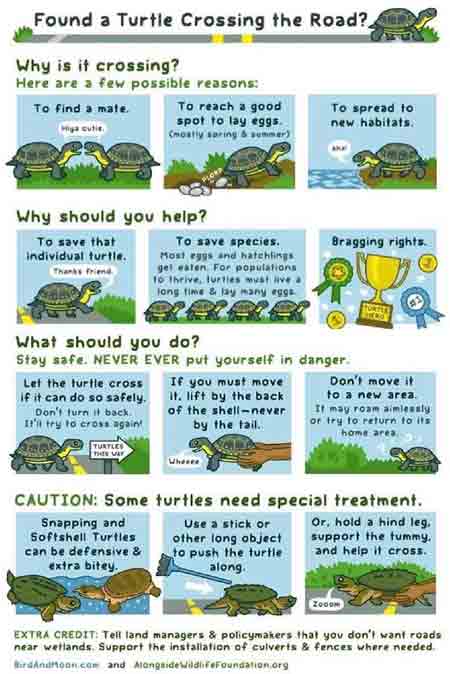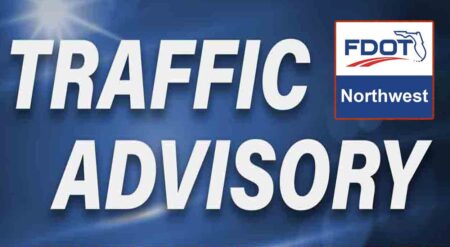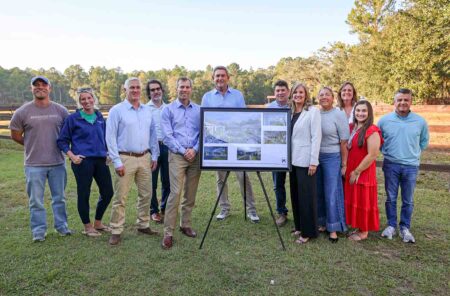NAVARRE, Fla. – Why is the turtle crossing the road? Should you give it a hand? Emerald Coast Wildlife Refuge (ECWR) is sharing “Do’s & Don’ts” for helping our reptilian friends and becoming an expert turtle crossing guard.
“As the weather heats up, you may start to see more and more of our shelled friends using the roadways to warm up or travel,” says ECWR.
“We always encourage our community to stop and assist turtles spotted in the road, as it can save them from ending up in our wildlife hospital down the line!”
The wildlife rescue organization is sharing a “Do’s & Don’ts” infographic to help spread the word.

ECWR suggests letting turtles cross on their own if they can do so safely. It warns people not to turn it back because the turtle will try to cross again.
If you do help, ECWR says you should take precautions to stay safe and never put yourself in danger.
If you must move a turtle out of the road, ECWR suggests lifting it by the back of the shell and never by the tail.
Never move it to a new area. It may roam aimlessly or try to return to its home area.
Snapping and softshell turtles need extra attention as they tend to be defensive and will bite. Use a stick or another long object to push it along or hold a hind leg, support the turtle’s tummy, and help it cross.
Why should you help?
- To save that individual turtle.
- To save the species. Most eggs and hatchlings get eaten. For populations to thrive, turtles must live a long time and lay many eggs.
According to Emerald Coast Wildlife Refuge, there are lots of reasons turtles attempt to cross a roadway.
Here are some of the reasons turtles cross the road:
- To find a mate
- Reach a good spot to lay eggs
- To spread to new habitats
Should you ever feel like you need some extra advice on a turtle situation, call Emerald Coast Wildlife at 850-684-1485.







